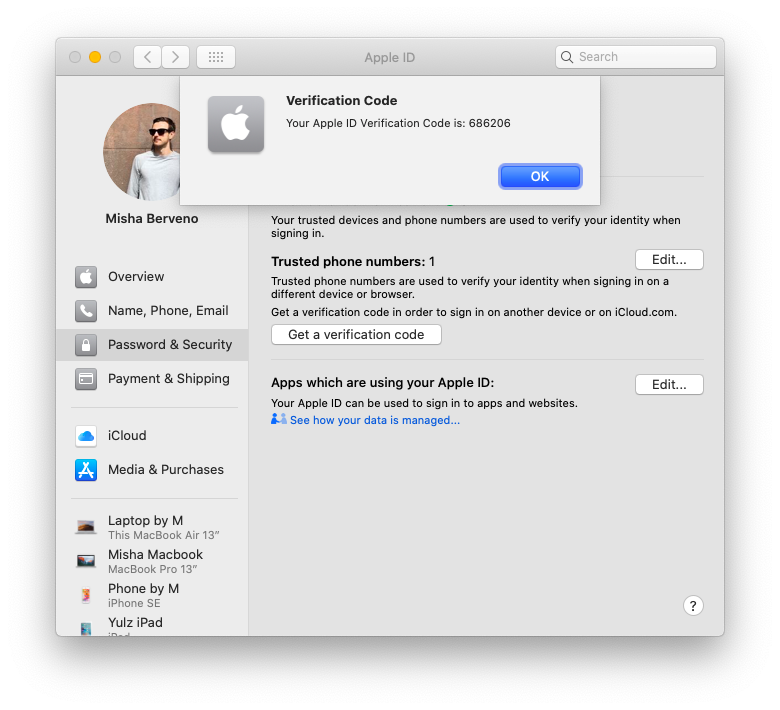
- #HOW TO GET AN APPLE EMAIL ON MAC FOR MAC#
- #HOW TO GET AN APPLE EMAIL ON MAC INSTALL#
- #HOW TO GET AN APPLE EMAIL ON MAC UPDATE#
- #HOW TO GET AN APPLE EMAIL ON MAC ARCHIVE#
#HOW TO GET AN APPLE EMAIL ON MAC INSTALL#
Email is personal, and some email clients allow you to install widgets or plugins that can extend the core functionality, enabling you to create a very custom application that meets your specific email needs on any device.
Customization/Widgets - A good email client is flexible enough to support customization. Many emails you receive have a task associated with them or a file you need to save for later, so it makes sense that you should be able to link that email message to your task management system (like Things 3, our favorite GTD app) or a cloud storage solution like iCloud, Dropbox, or Google Drive. Integration with Other Apps/Services - Email doesn’t happen in a vacuum. #HOW TO GET AN APPLE EMAIL ON MAC UPDATE#
Update Schedule - The email client you use should have a track record of being well-supported to minimize the risk of it suddenly disappearing, forcing you to figure out a new tool for your email workflow.
#HOW TO GET AN APPLE EMAIL ON MAC FOR MAC#
These shortcuts can be a game-changer for how you read and respond to email, so it’s important that the best third-party email client for Mac support these.
#HOW TO GET AN APPLE EMAIL ON MAC ARCHIVE#
For example, to archive a message in Gmail, you just have to press the “e” key, compared to using “Shift + Command + A” in Mail.app (you can view a complete list of Gmail keyboard shortcuts by pressing “?” in Gmail).
Support for Gmail-Style Shortcuts - If you’ve ever used Gmail keyboard shortcuts, you probably can’t imagine not using them since they can drastically reduce the amount of time you spend in your email client. If an email client doesn’t support your email provider, then it’s just not an option for you - no matter how awesome it looks. Support for Multiple Account Types - The best third-party email clients are flexible enough to offer support for many different types of accounts, such as Gmail, iCloud, O365, Yahoo, Exchange, IMAP, etc. Developers are starting to reconsider how we fundamentally deal with the email we receive, and it is important that we consider innovative features that make it easier (and more enjoyable). Innovative Features - As the amount of email we receive grows over time, the way we deal with it must evolve. You want to focus on reading and responding to email, not navigating complex menus or trying to figure out basic functions. Ease of use - The email client you use should give you the tools you need to get the job done while staying out of the way as much as possible. The email client you decide to use should provide you with a well-designed user interface that aids you in your quest for Inbox Zero.  Overall Design - Dealing with email can be annoying, and using a poorly-designed email client can compound the frustration factor. In selecting the best email app for macOS, we used the following criteria to select the winner: In this article, we’ll take a look at several of the more popular options and introduce you to our favorite.
Overall Design - Dealing with email can be annoying, and using a poorly-designed email client can compound the frustration factor. In selecting the best email app for macOS, we used the following criteria to select the winner: In this article, we’ll take a look at several of the more popular options and introduce you to our favorite. 

If you use plug-ins to extend Mail.app’s functionality, Apple has a history of making changes that cause developers to re-write their plugins, resulting in a broken email workflow while you wait for updates.įortunately, there is no shortage of excellent third-party email clients that aim to fix Mail.app’s shortcomings. It can be buggy, occasionally has issues playing nice with Gmail, and lacks some more advanced features that are present (and have been present for years) in other third-party email clients. While Mail.app provides a free, full-featured email client on every Mac and has even pioneered some innovative features over the years (like VIP and Handoff), it’s definitely not for everyone. The Mac’s default Mail application (also referred to as “Mail.app” or “Apple Mail”) has a somewhat checkered past.






 0 kommentar(er)
0 kommentar(er)
